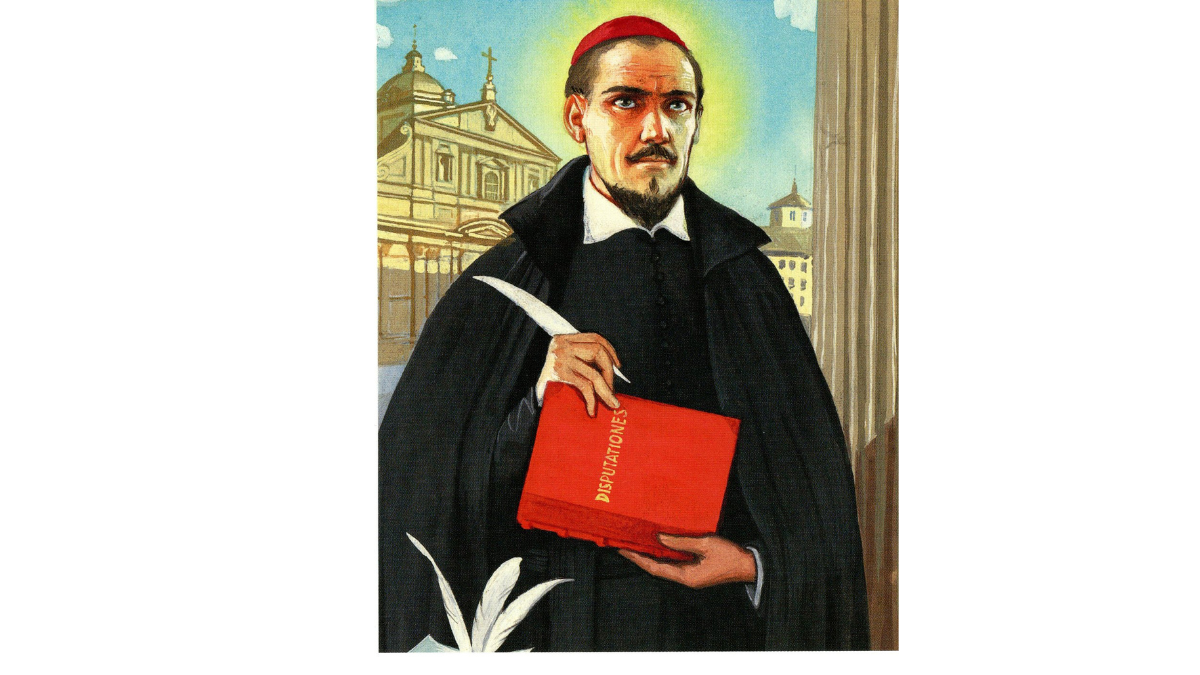St. Robert Bellarmine
St. Robert Bellarmine, also known as Roberto Francesco Romolo Bellarmino, was an Italian Jesuit and a cardinal of the Catholic Church. Born on October 4, 1542, in Montepulciano, Tuscany, he played a significant role during the Counter-Reformation. Here are some key points about his life:
- Education and Early Career:
- Bellarmine entered the Jesuit novitiate in 1560 and studied at various institutions, including the University of Padua and the University of Leuven.
- He became a professor of theology and taught at the Roman College, where he later served as rector.
- Theological Contributions:
- Bellarmine’s systematic studies of theology focused on Thomism.
- He engaged in controversies, including debates on Grace and free will, and wrote a Hebrew grammar.
- Archbishop of Capua:
- In 1602, he became the Archbishop of Capua.
- Bellarmine supported the reform decrees of the Council of Trent.
- Role in Controversies:
- He is remembered for his involvement in the Giordano Bruno affair, the Galileo affair, and the trial of Friar Fulgenzio Manfredi.
- Despite these controversies, he remained steadfast in his faith.
- Canonization and Honors:
- Bellarmine was canonized as a saint in 1930 and named Doctor of the Church (one of only 37).
- His feast day is celebrated on September 17.
- Patronage and Legacy:
- He is the patron saint of institutions such as Bellarmine University, Bellarmine Preparatory School, and Fairfield University.
- His impact on theology and the Church remains significant.
May the example of St. Robert Bellarmine inspire us to live faithfully and courageously. 🙏✨
¹: Wikipedia
²: Wikiwand
³: Encyclopedia.com
⁴: Britannica
Source: Conversation with Copilot, 10/07/2024
(1) Robert Bellarmine – Wikipedia. https://en.wikipedia.org/wiki/Robert_Bellarmine.
(2) Robert Bellarmine – Wikiwand. https://www.wikiwand.com/en/Robert_Bellarmine.
(3) Bellarmine, St. Robert (1542–1621) | Encyclopedia.com. https://www.encyclopedia.com/humanities/encyclopedias-almanacs-transcripts-and-maps/bellarmine-st-robert-1542-1621.
(4) St. Robert Bellarmine | Jesuit, Cardinal, Doctor of the Church. https://www.britannica.com/biography/Saint-Robert-Bellarmine.
Views: 1
